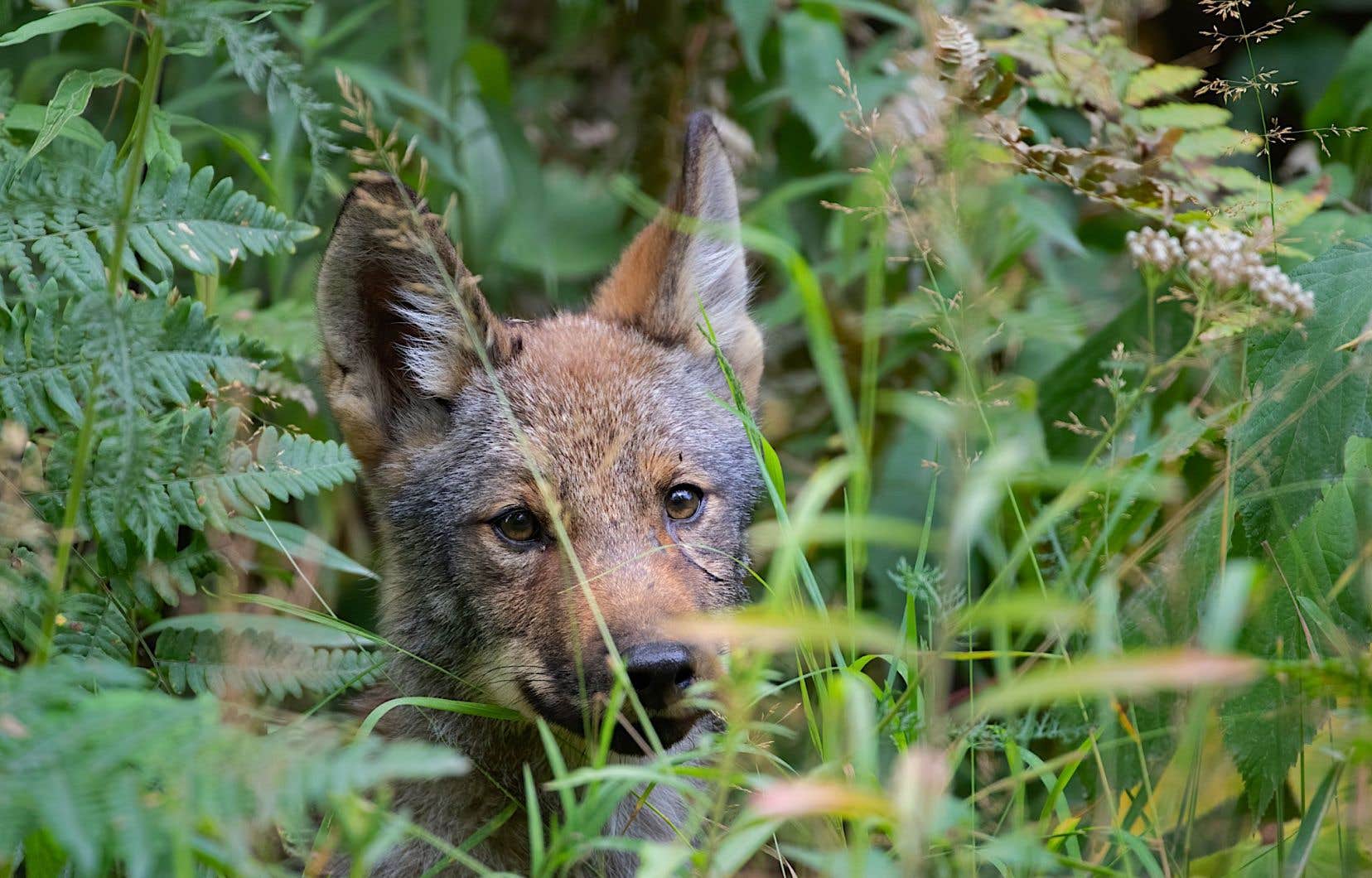Despite the Legault government’s refusal to recognize the existence of the Eastern wolf, the Trudeau government confirms that Duty its intention to protect this species, which has just been officially classified as “threatened” under the federal Species at Risk Act. This is the same status as the woodland caribou, which is at the heart of a political confrontation.
By “decree,” the federal government recently added the canid to its list of threatened species, following a recommendation made in 2015 by the Committee on the Status of Endangered Wildlife in Canada (COSEWIC). “The size of the population is unknown, but it likely numbers fewer than 1,000 mature individuals,” reads the document announcing Ottawa’s decision. In Canada, the species, which has disappeared from almost all of its historical habitats, survives only in Ontario and Quebec.
According to Environment and Climate Change Canada, this canine with a reddish-brown coat, which can weigh up to 29 kg, lives in particular in the region of Mont-Tremblant Park, Mauricie National Park, the Papineau-Labelle Wildlife Reserve, the Laurentides Wildlife Reserve and the Maganasipi ZEC.
Now that the Eastern Wolf is considered “threatened,” it is illegal to kill it (by hunting or trapping, for example) and to destroy its dens. But most importantly, the federal government now has a legal obligation to develop and implement a rescue plan for the canid that includes protecting the “critical habitat” for its survival.
“The strategy will be drafted in collaboration with provincial governments,” the federal Environment Ministry said in a written response to questions from the Duty. “The identification of critical habitat is done as part of recovery strategies. Once critical habitat is identified, the federal government will be responsible for protecting it on federal lands, and the provinces of Ontario and Quebec will be responsible for protecting it on non-federal lands,” he adds.
This will likely mean imposing protection measures on forested areas of the province where the canid is found, particularly around national parks and wildlife reserves that constitute the heart of its habitat.
“The Eastern Wolf is considered a species that must be protected because of its distinct character, its persistence, its importance as a large carnivore, and because it is probably part of the last remaining population of the large canid species of eastern North America,” COSEWIC also stated in 2015.
A species that doesn’t exist?
The problem with implementing measures that are supposed to prevent the extinction of the species is that the Quebec government does not recognize the existence of the Eastern wolf. It has also indicated its opposition to its listing as a “threatened” species during federal consultations conducted in recent months.
Quebec’s environment ministry argued that banning “recreational activities” such as hunting and trapping wolves “could have negative economic impacts on the province.” The federal scientists’ analysis identified these activities as a “predominant” threat to the species, and Ontario already bans hunting and trapping.
“Quebec’s position remains unchanged,” the Ministry of the Environment stressed today in a written response to questions from the Duty“We do not recognize the Eastern wolf as a species, but we recognize its existence as a genetic group,” he says.
Why? “With the current state of knowledge, it is impossible to establish that there is an established population of eastern wolves in Quebec, due to their rarity (3% of samples analyzed) and their wide dispersion across the territory,” says the ministry responsible for wildlife protection in Quebec. However, federal government scientists recognized the existence of the eastern wolf in the province several years ago.
The Quebec Ministry of the Environment adds, however, that “a project to collect new biological samples” has been launched in order to clarify the situation of different species of canids (such as the wolf and the coyote) in Quebec. For the moment, Quebec classifies the Eastern wolf as a gray wolf, even if federal experts conclude instead that “the Eastern wolf is not a subspecies of the gray wolf.”
Does the Société des établissements de plein air du Québec, SEPAQ, which manages the national parks, intend to collaborate with the federal government to protect the critical habitat of the Eastern wolf in Quebec? The Crown corporation “will continue its efforts to protect the wolf in the territories under its management and remains open to collaborations with various partners,” it was stated by email.
Véronique Armstrong, of the Quebec Association for the Protection and Observation of Wildlife, is urging Quebec and Ottawa to come together to protect the species before it’s too late. “The Quebec government is going it alone right now by not recognizing the existence of the Eastern wolf. Ontario recognizes it and has already taken steps to protect the species,” she points out.
She adds that Quebec should work to better document the presence of the species on its territory in order to better protect its habitat. But in the meantime, the government should immediately provide protection measures in accordance with the “precautionary principle.”
For the moment, underlines M.me Armstrong says hunters and trappers can kill eastern wolves, even though the Species at Risk Act strictly prohibits it. So she stresses the importance of ensuring the survival of this canid. “We’re talking about a species that was very present in North America and is now restricted to a very small area. So we’re losing a species.”
